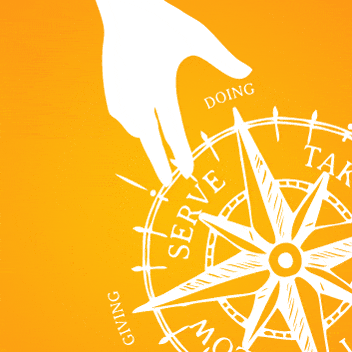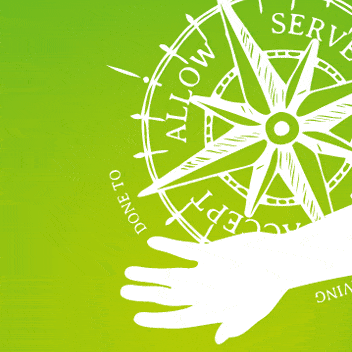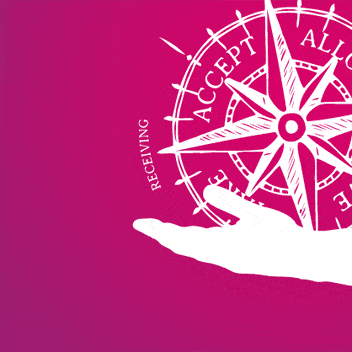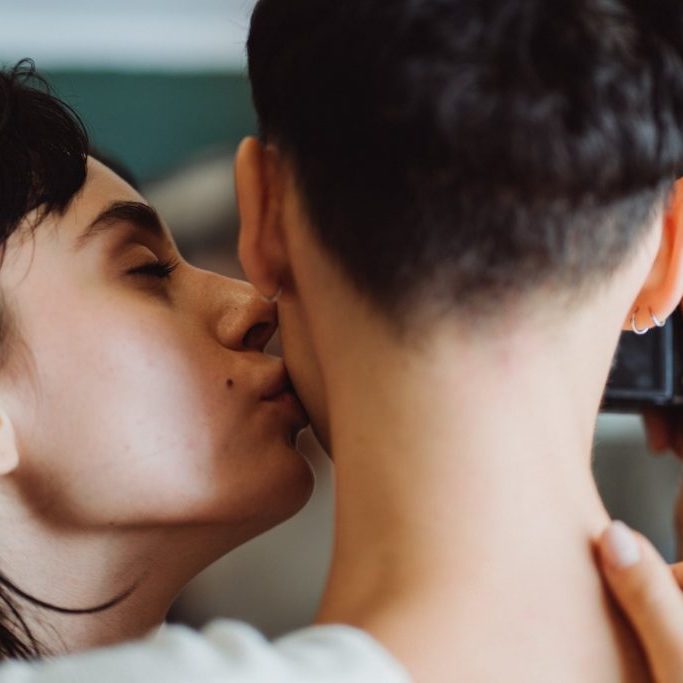
Giving and receiving explained – 6 key ways to tell the difference
It might sound strange to even suggest that giving and receiving might need to be explained. Or to ask what the difference between them is.
But think how often you’ve ended up in an interaction with someone where it was unclear what was happening or who it was for…
Maybe you asked to borrow your friend’s car for the day, but they ended up tagging along and making you drive them to lots of places they wanted to go, instead of where you wanted.
Or your partner offered to give you a shoulder massage after you had long day at work, but then used that as an excuse to try and get sexy with you!
Situations like these usually end up feeling uncomfortable, and often with somebody feeling confused (at best), or upset or even harmed (at worst).
Giving and receiving explained – with the Wheel Of Consent
There may be as many definitions of giving and receiving as there are wellbeing blogs out there!
What the Wheel Of Consent does is help you get clear on the two key aspects of giving and receiving: who is doing the action, and who that action is for.
So here’s a handy comparison table to break down some of the key signs to look for in order to tell the difference between giving and receiving.
| Receiving | Giving | |
|---|---|---|
What it is | It’s what you want – this is about your desires, impulses for what you want that come from within yourself (even if they might be inspired by something someone else is offering). | It's about your willingness to give someone else what they want. |
What you're doing | When you truly receive you're doing two things at once: 1) Putting your desires foward 2) AND being responsible for honouring the other person’s limits | When you give wholeheartedly you’re doing two things at once: 1) Putting aside what you want (temporarily) 2) AND staying responsible for your own limits |
How it sounds | You can make requests for what you want. Or you can let someone know if what they're offering is something you want. | You might respond to a request from someone else for something they want. Or you might offer them something you're willing to give. |
What to say | If you want to take action yourself, and get access to the other person (for example their time, or attention, or body) in some way that benefits you, you might say: “May I borrow your car?”, or “May I run my fingers through your hair?” If you want them to take action in a way that benefits you, you might say: “Will you drive me to the airport?” or “Will you massage my shoulders?” | You might offer something open-ended: “Is there anything you’d like me to do for you?” Or you might offer something very specific: “Would you like me to listen while you practice your work presentation?” |
What's happening | You might be taking action, or something might be happening to you. Either way it's about what you want. | You might be taking action, or you might be giving access to yourself in some way. Either way it's about what you're willing for. |
How it feels | If you’re really getting what you want you should be experiencing some form of enjoyment, or benefit. If you’re not then it might be a good time to ask yourself if this is what you really want? You’ll notice that it feels like you’re getting a gift from the other person. | You might enjoy what’s happening (it might even be something you’d choose yourself), or you might simply feel neutral about it. Either way it should feel like you're giving the other person a gift of something they want. |
Want to learn more? Check out this great animated video to learn more about 4 different types of giving and receiving with the Wheel Of Consent. And if you want my help to build better skills for clear giving and receiving get in touch!
The quadrants
Each quadrant in the Wheel Of Consent creates a different experience and teaches you something different about yourself. Learn more about each one:
Enjoyed reading this?
If you've found this page helpful you can get more tips and resources for better relating straight to your inbox. Sign up here and get my free How To Be Heard guide to start you off:
Explore more:
Why are we so scared of talking in the bedroom?
Talking in the bedroom is often viewed as ‘dirty’ or avoided completely. Find out why it’s time to change that narrative.
Read MoreWhy slow down? 3 reasons you’ll benefit
There are 3 great reasons why you should slow down. Learn what they are, why they can help you, and how to get better at it
Read More3 essential steps to give others what they really want
Tired of disappointing people? Follow these 3 simple, effective steps to ensure you always give others what they really want
Read MoreEvents & courses
Learn To Touch – Supported Self Study Course
Online. Discover a whole new approach to touch that will change how you feel – literally! A short, affordable, practical guide you can learn in less than an hour a day.
Read More